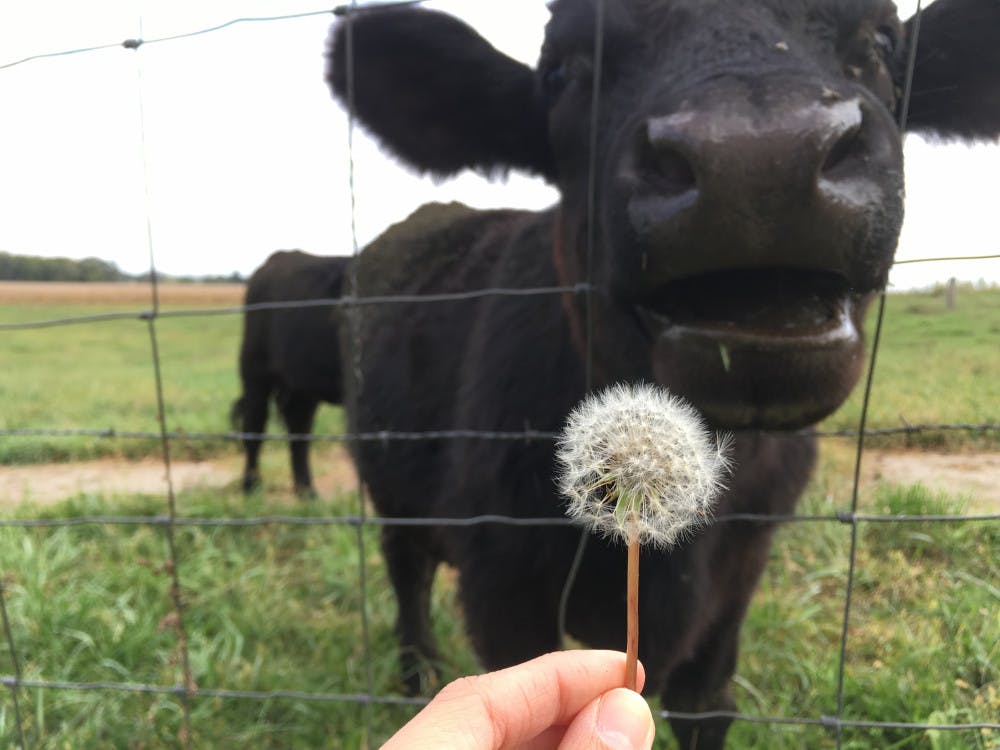Images and Narrative by: Krystle Tay
[gallery ids="2793,2791,2789,2792,2790,2788,2786,2787,2785,2807" type="rectangular"]The air is crisp and the wind refreshing. Clouds have been dominating the sky with dark, cotton-like extended fluffs as fall is here. Ohio’s humidity has passed and the smell of sweet cinnamon begins to fill the air.
“The cattle are out grazing if you’re interested,” Kayla Brosey texts. I grab a ride and leave for their home.
Ten minutes later, I arrive. They own about 100 acres that their family has called home for two generations. Fields of soybean, corn, and pasture surround their home. The acreage entices me in its peacefulness, but I am here for something else.
Finally, I lay eyes on a purely grass-fed herd. The Broseys are the first people I've personally known that breed and eat their own cattle. This is an unconventional, yet natural, access to meat, which most of us do not even contemplate.
I nonchalantly turn the opposite direction as the herd notices me. I plan to come back later, with the hope that I will eventually earn their trust (and maybe their curiosity).
Soon, I come across a barn that looks mysterious and unwelcoming. I peer in, and the room seems untouched, the draft of manure and mud is stuck in the air. Here is where the Broseys feed the cattle soy or corn grain and hay to get them suitably fat a few weeks before they are brought to slaughter.
Their cattle - fed a natural, grass-fed diet - take 3-5 years from birth before they areready for slaughter.
Factory farm cattle are raised on pasture for 6-12 months until they are brought to large, crowded feedlots called Concentrated Animal Feeding Operations (CAFO) to be fattened a few months before they are slaughtered (Authority Nutrition, 2013).
After their slaughter, the sliced meat is compacted and packed to be kept in the freezer ready for consumption.
“We don’t buy industrial meat. We slaughter our cattle,” explains Kayla, as she keeps an eye on her 15-month child. Kayla and Jared Brosey are Miami mergers who inherited this farm from their parents.
In 2015, the total head of commercially slaughtered cattle in the U.S. was 28.8 million, down from 35.7 million in 2002, according to the USDA. The Broseys model an alternative to commercial meat - a process that is energy intensive and harmful to the environment. By supporting local farmers who raise their cattle with a natural diet, we can reduce our footprint in our world.
As I had hoped, the curious herd looks for my whereabouts as I step out of the barn. Excited and with quiet steps, I pick up a dandelion to lure them with, and carefully approach for a closer shot of these shy animals.

